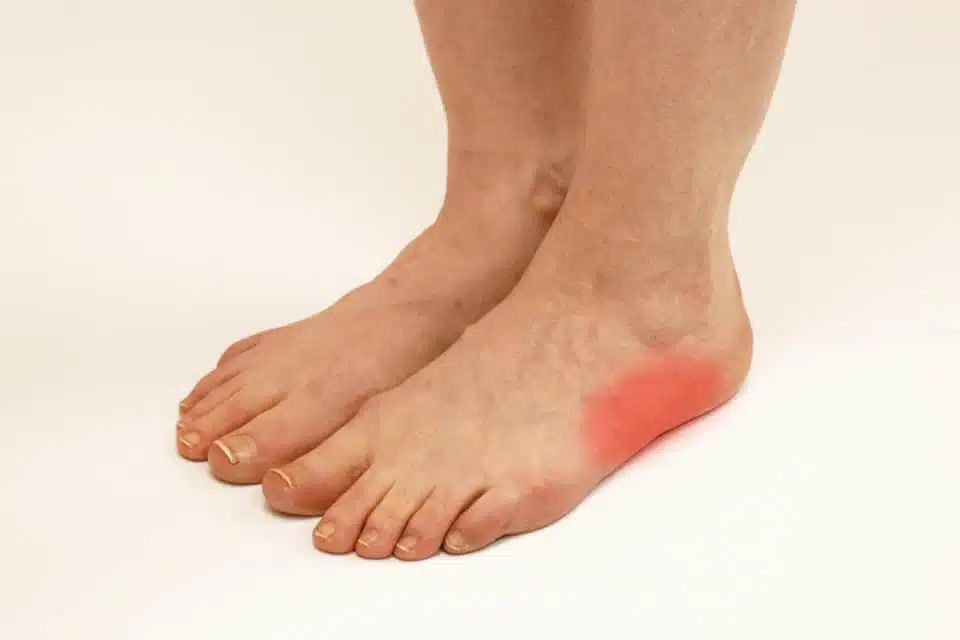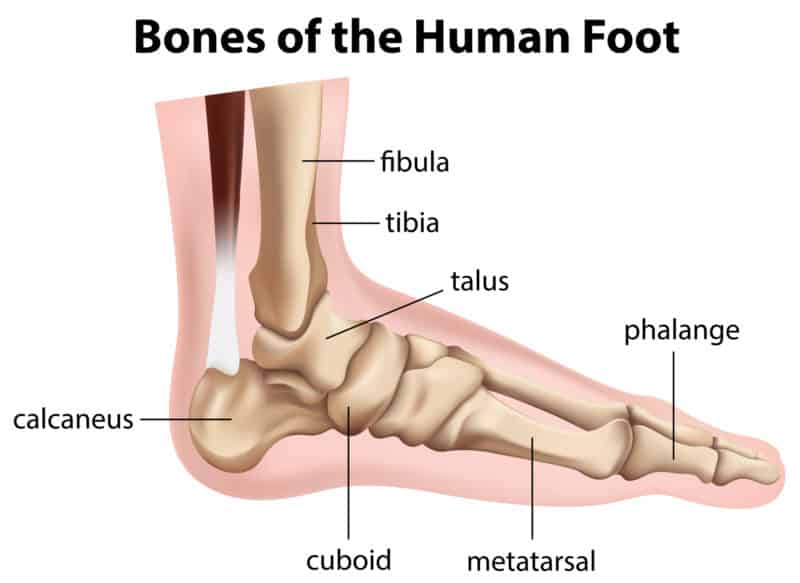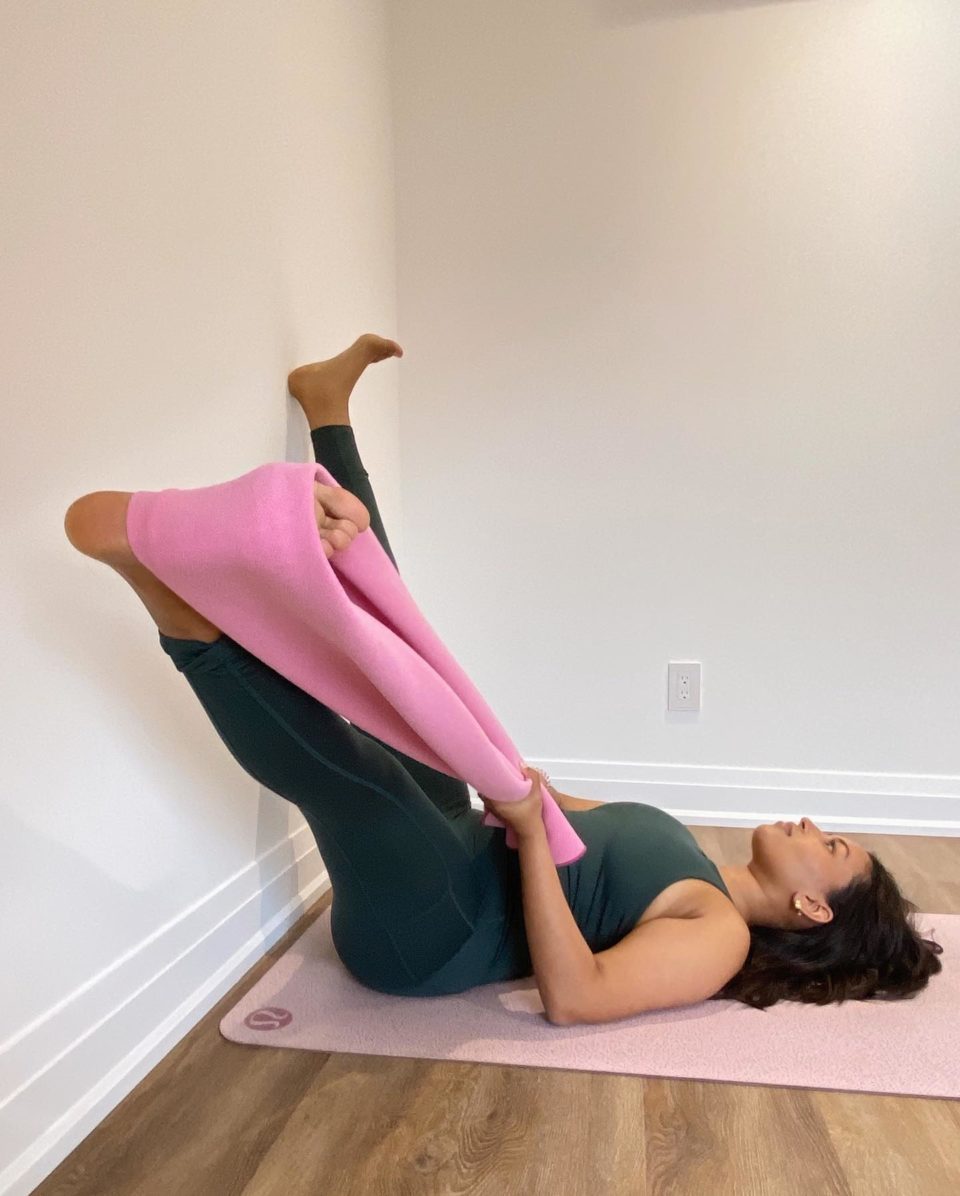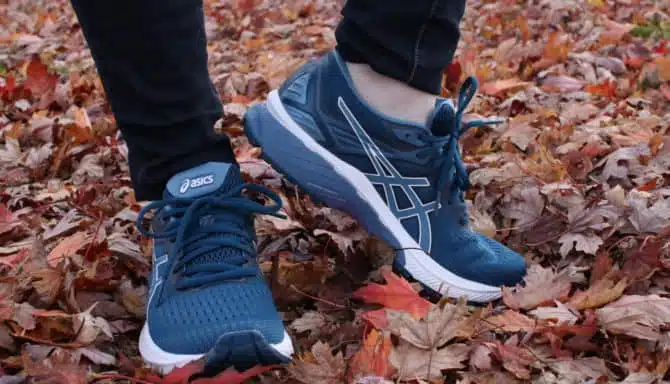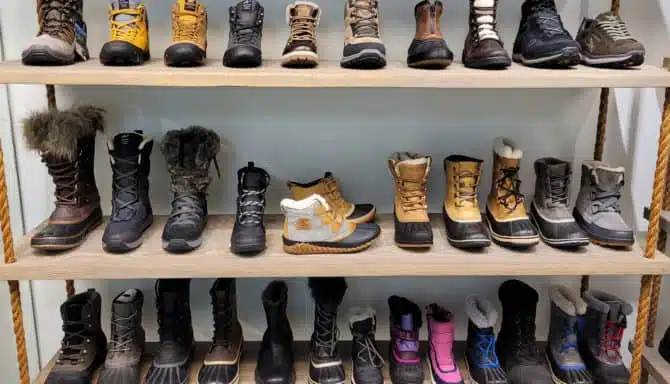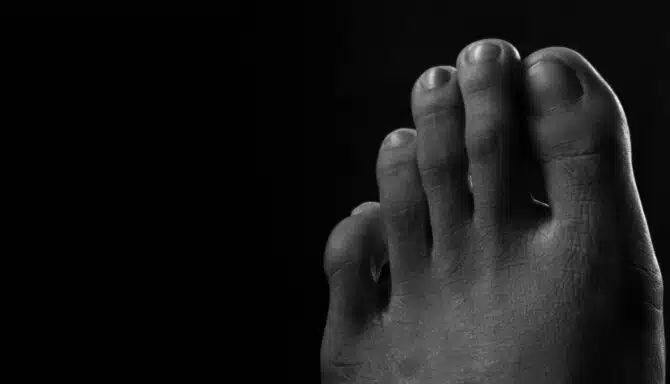Cuboid syndrome can be one of the most misdiagnosed foot conditions. Have you ever heard of it? Mistaking it for more common foot injuries like ankle sprains, ankle injuries, or plantar fasciitis could be why.
This foot condition is particularly common in those who are active and engage in higher-risk activities like running, jumping, or ballet. But, with the proper assessment and treatment plan, cuboid syndrome can be treated with a mix of at-home treatment, physiotherapy and foot accessories like custom foot orthotics, and taping – the latter two of which can be done as part of a foot assessment by a chiropodist. In fact, after receiving a proper diagnosis, this syndrome is easily treated and preventable.
In this article, we’ll discuss common causes, symptoms, treatments, and general information as it relates to cuboid syndrome.
What is cuboid syndrome?
Cuboid syndrome is a condition caused by a problem with the cuboid bone. This condition produces pain on the outer side of the foot, most often on the foot’s underside. This would be the opposite of where your arch is at its highest. The cuboid bone itself is one of the 28 bones of the foot. It’s among the seven tarsal bones of the foot. Its purpose, as part of the calcaneocuboid joint, is to help maintain foot mobility while you move. So whenever you walk or run, your cuboid is a critical component.
The pain comes from not just the cuboid, but also the surrounding joints and ligaments that support the bone. In fact, cuboid syndrome is commonly referred to as cuboid subluxation, the latter a term used when a joint doesn’t work the way it’s supposed to.
How do you know if you have cuboid syndrome?
Problems can develop with the cuboid bone that makes it shift and dislodge from its normal position. This will cause pain and difficulty standing or walking. Cuboid syndrome most often affects athletes and dancers, although anyone can experience it. Age does not seem to play a role in developing the syndrome.
Symptoms include:
- Pain along the outside of the foot (from the ankle to the toes)
- Pain along the outer, underside of the foot
- Discomfort while walking or running
Cuboid syndrome can be particularly difficult to diagnose and spot because cuboid misalignments may not show up on x-rays or MRIs.
What causes cuboid syndrome?
The most common causes of cuboid syndrome include:
- Acute injury: A common cause of cuboid syndrome is an ankle sprain. A damaged cuboid is a byproduct of the lower leg injury.
- Repetitive strain/overuse: Activities that cause repetitive strain/overuse include running, jumping, and any sport that involves running like tennis, soccer, or football. According to studies, ballet dancers are also prone to developing cuboid syndrome.
- Foot mechanics: People with flat feet are more prone to developing cuboid syndrome as a collapsed arch adds additional pressure to the underside of the foot. Additionally, in one study, the results show “80% of the patients with cuboid syndrome presented with pronated feet, but it can also occur with pes cavus (supinated) feet”.
- Excessive body weight
- Ill-fitting shoes
- Training on uneven surfaces
How do you treat cuboid syndrome?
There isn’t a one-size-fits-all solution for cuboid syndrome. Effective treatment usually involves a combination of therapies to help strengthen, mobilize and support the joints and ligaments around the cuboid bone. A physiotherapist and chiropodist can help with this.
A physiotherapist can treat and manage cuboid syndrome by mobilizing the joints around the cuboid once the acute symptoms have resolved. This can involve manipulating the cuboid and pushing it back into position. Physiotherapy treatment also includes strengthening and conditioning exercises for the muscles and joints in the feet and lower body. By strengthening these muscles, they are better equipped to withstand our daily activities, which reduces strain and makes them less injury-prone.
If you want to learn more about how physiotherapy can help treat cuboid syndrome, be sure to visit our neighbours at the Bloor Jane Physiotherapy Clinic.
How can a Chiropodist treat cuboid syndrome?
It’s always a good idea to see a foot specialist, like a chiropodist, if you’re having any kind of foot pain – including cuboid syndrome. Involving a chiropodist in your care helps you tackle the issue from all angles. Depending on the severity of the condition, various treatments may be available to you, whether it’s a chiropodist assessment, custom foot orthotics, at-home treatment, or finding the right footwear.
Chiropodist assessment
Foot health isn’t just about the feet: Our feet are our body’s foundation, so if there’s a problem, it can affect the rest of our body. That’s where our chiropodists come in. During an assessment, a chiropodist (a foot specialist) will conduct a comprehensive biomechanical assessment and gait analysis.
At your assessment, the chiropodist will:
- Address your foot concerns and conduct a full medical history.
- Conduct a biomechanical assessment, including a full gait analysis, examine your feet.
- Diagnose your foot issues and any underlying causes.
- Discuss a treatment plan and make recommendations for treatment, prescriptions, footwear, or foot accessories.
For those with cuboid syndrome, chiropodists can assist in key areas:
- Diagnosing any underlying biomechanical issues that are causing your pain, and prescribing foot devices, such as custom orthotics, to help correct any issues with your gait and realign your foot (more on that below!)
- Recommending supportive footwear that accommodates your foot type and gait.
- Prescribing exercises and stretches for your feet that will help your recovery and maintain your overall foot health.
- Taping with a common goal of supporting the medial longitudinal arch can help.
- Padding to support the plantar cuboid may assist in supporting the foot.
Foot assessments are not covered by OHIP (Ontario Health Insurance Plan) but foot care benefits and chiropodist services are included in many private extended health benefit plans. Check with your insurance provider on whether foot care benefits and chiropodist services are provided.
Custom orthotics
Managing foot pain involves more than just in-clinic treatment: We use our feet all the time, so it’s important to make sure that they’re properly supported through all our activities. That’s where custom orthotics come into play!
Custom orthotics are custom-built corrective shoe inserts that provide personalized support to the structures of our feet. Orthotics act to correct or accommodate biomechanical abnormalities, foot deformities (i.e.: bunions, hammertoes, flatfoot, high arches), and a variety of joint and muscle conditions (i.e.: arthritis) to improve your gait and manage pain. They do this by redistributing the force and pressure placed on our muscles and joints when we move. This in turn alleviates strain and pain in our feet and the rest of our body.
As it pertains to cuboid syndrome, custom foot orthotics can help correct certain biomechanical inefficiencies that cause cuboid syndrome. This can redistribute stress evenly across various parts of your foot.
Supportive footwear
What we put on our feet has a big effect on our foot health. Making sure your feet are getting the everyday support they need is critical to reducing strain on the muscles and joints in your feet, as well as the rest of your lower body. That’s why Feet First Clinic offers many footwear options to make sure you’re wearing the proper footwear for your day-to-day activities.
Orthopaedic shoes are available for purchase and special orders at our foot clinic. You can then browse our in-clinic shop with our knowledgeable staff to select the best shoes for you. We can also order orthopedic footwear on your behalf if we don’t have it in stock.
Like custom foot orthotics, supportive footwear can help treat and prevent cuboid syndrome by providing support under your arch and can reduce overstressed areas of your foot when exercising. Getting footwear that accommodates your gait is also very important. For example, people who overpronate or have flat feet are very prone to cuboid syndrome, so a stability shoe can go a long way toward giving your feet the day-to-day support they need. The knowledgeable staff at Feet First Clinic can size and guide you through our catered selection of footwear so you can find the perfect pair for you.
At-home treatment
Additional at-home treatments can be quite effective. A mix of ice therapy, rest, taping, and compression socks can all reduce pressure on the cuboid and help treat the condition.
